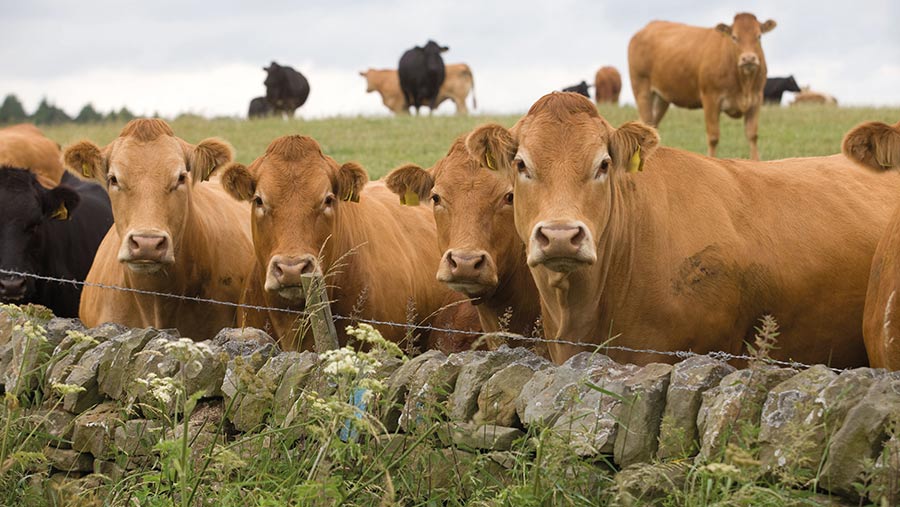How farmers benefit from higher Countryside Stewardship Capital Grants
 © Tim Scrivener
© Tim Scrivener The removal of the funding limit for standalone Countryside Stewardship Capital Grants will enable farmers to undertake larger projects with environmental benefits.
The £20,000 cap for each of four funding areas was lifted earlier this week. This followed an announcement in January that capital payment rates would rise by an average of 48% in response to significant cost inflation.
See also: Defra U-turn on Countryside Stewardship payments to benefit thousands
Farmers typically have the choice of applying for a Countryside Stewardship (CS) Mid Tier.
This can include a mix of management options and capital items that together deliver a range of environmental benefits. Alternatively, they can make a standalone capital-only grant application.
The Capital Grants scheme provides funding under four broad “themes”:
- Management and maintenance of boundaries including hedgerows, dry stone walls, stock fencing and gates. Trees and orchards are also included in this strand.
- Improving water quality.
- Improving air quality.
- Improving natural flood management.
Standalone grants have previously been limited to £20,000 for each of the themes, making the maximum application value £80,000.
However, this limit has not historically applied to capital items included as part of a wider Mid Tier application. The removal of the limit brings standalone grants into line with this.
Applications will be assessed on whether they offer value for money.
“Some farm businesses may have been waiting to enter into a new Countryside Stewardship Mid Tier for these larger projects, but now that isn’t necessary,” says Chris Gill, farm business and environmental adviser for H&H Land & Estates.
Popular water quality capital items include concrete renewal, sprayer washdown areas and the roofing of silage clamps, manure storage and livestock handling areas.
Many of the items eligible require approval from the local catchment sensitive farming officer, and historically only farms which fell under Natural England’s priority areas for this were eligible to apply.
How applications will be prioritised
Applications are assessed for value for money. Successful applications will initially be dealt with on a first-come, first-served basis, says the Rural Payments Agency (RPA).
If the grants are likely to be oversubscribed, the RPA will publicise this in advance of the full funding being allocated, giving six weeks’ notice on gov.uk.
The remaining applications will then be assessed on a competitive basis and those with higher environmental benefits will be given priority.
Wider rollout
This year, a wider rollout has been given so all farms may apply, although not all will be successful in obtaining the grant.
“Anyone can apply, but the feeling is that if you are not in a high priority area then you will need to make a strong argument to get the funding,” says Mr Gill.
Applicants should focus on the key points on that will be assessed: why a project needs to happen and what will be the benefits, he advises.
“I think for all applications you need to make a strong argument on what it will deliver environmentally. But I would also say think about how things will fit in with the core agricultural business and understand what is required, so you can take a holistic approach.”
Another change for 2023 is the introduction of a new offer: CS Higher Tier Capital Grants.
These provide three-year agreements for specialist capital items which deliver additional environmental benefits without the need to make a full CS Higher Tier agreement.
Land in a site of special scientific interest is also now eligible for capital items if it is already covered by an existing CS or Environmental Stewardship agreement.
SFI pilot reminder
Farmers taking part in the Sustainable Farming Incentive (SFI) pilot have a choice of two routes for capital grants, each with different considerations.
There are 29 capital items to help meet the requirements of their agreement through the CS Capital Grants (SFI pilot) scheme.
These options are only available on land being used for the pilot. Land not used for the pilot falls under the normal CS Capital Grants scheme.
Applying to the CS Capital Grants (SFI pilot) will give access to some items that are not available through the wider CS Capital Grants scheme.
However agreements to the CS Capital Grants (SFI pilot) are only for two years, rather than the three years under the general scheme.
